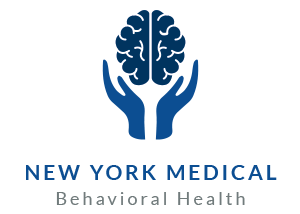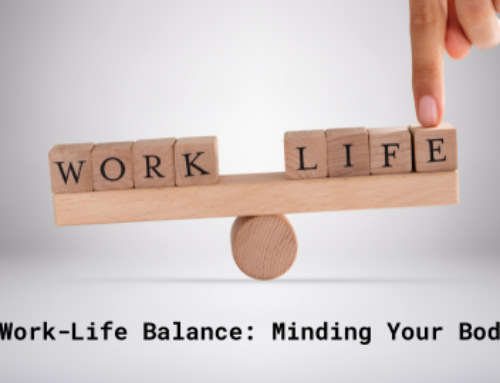The TMS Breakdown
We talk a lot about TMS on this blog and what it does or may do for the mental illnesses we treat. But what actually goes on during a TMS treatment? We’re often asked about how it feels, aftercare, and what the doctor does. We’ll go into those questions and answers today.
TMS Defined
The general definition of TMS, or transcranial magnetic stimulation, describes it as a noninvasive treatment using magnetic energy to stimulate areas of the brain regulating mood. TMS is only approved by insurance companies for use on depression, and is often used when other methods of treatment, like medication or therapy, have not produced the desired results.
Effects of TMS On the Brain
During a TMS treatment, the machine produces magnetic energy pulses that have a stimulating effect on the brain’s cells. When done regularly, the procedure is called repetitive TMS, or rTMS. Study on TMS for various conditions, including bipolar disorder, panic disorder, autism, and schizophrenia is underway and producing positive results. Currently, TMS is approved by the FDA (Food and Drug Administration) for the treatment of major depressive disorder (MDD) only.
What Happens During Treatment?
TMS treatments are done at a doctor’s office. Repetitive TMS is typically done once a day for five days a week for four to six weeks. You’ll be seated in a chair, awake and alert. You will be given earplugs, as the machine makes a noise similar to that of an MRI machine. During the procedure, the doctor will run a magnetic coil over your head, especially over the prefrontal cortex behind your forehead. Short bursts of electromagnetic current pass from the coil through your skull, with the level of energy carefully determined by the doctor and may be changed.
You’ll hear a clicking sound and feel a sensation of tapping, tingling, or buzzing on your head.
Some people find this uncomfortable, some don’t mind it. There is no sedation during the treatment, there is no downtime afterward, and no cognitive side effects. The most common side effects reported, if any, are headache, twitchy facial muscles, and lightheadedness. These are usually mild and pass quickly.
Types of TMS Equipment
There are different types of equipment used to administer TMS for different causes and effects. These include:
- Rapid Theta Burst devices are used for sessions of under ten minutes versus a regular TMS
treatment, which usually takes half an hour or longer. - Surface TMS devices are a magnetic coil shaped like a figure-eight to pass over the skull and
target specific areas of the brain. - Deep Transcranial Magnetic Stimulation (dTMS) devices use a larger coil shaped like the letter H
that releases a stronger pulse. - Cranial Electrotherapy Stimulation (CES) devices cleared by the FDA for use at home. These are
similar but not the same as TMS devices, as they use electricity instead of magnetic energy.
Stimulation Without the Shock
If you have more questions about our procedures or equipment, CONTACT US. We are dedicated to treating mental disorders and staying up to date on the most current breakthroughs in mental illness treatment technology. We hope discoveries will be made that will allow us to progress even further in finding ways to reduce or eliminate pain and dysfunction.




